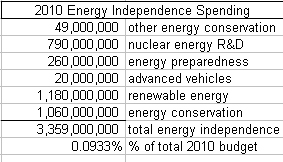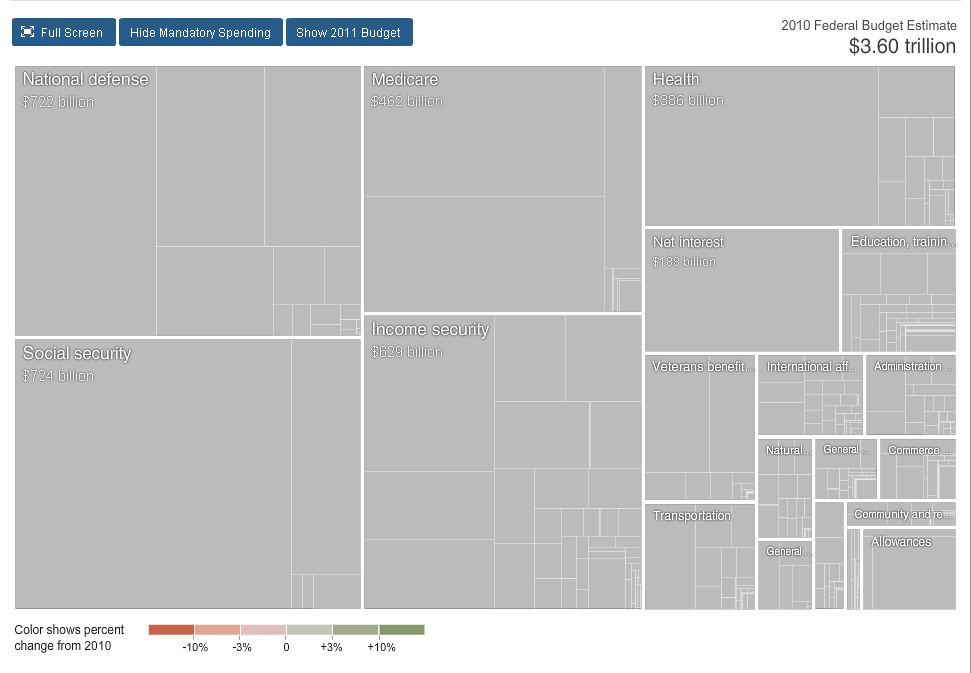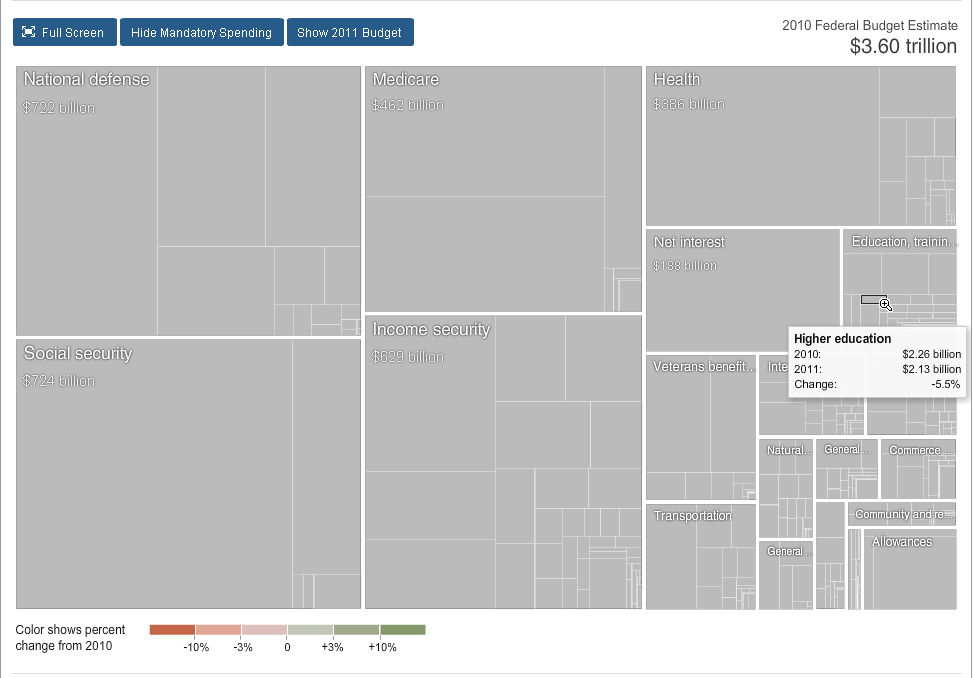In my book, How The World Works, entry 512 is Priorities vs. Budgets.
It reads:
“As a business management consultant I heard a lot about priorities. In the introductory meeting and group management team interviews, senior executives would drone on endlessly about the organization’s priorities. Top priority this and critical priority that; it was all I could do to keep my eyes from rolling back in my head.
If the senior executives started down that same path in my personal, one-on-one, interviews I would usually cut them off and say, ‘Don’t tell me about your priorities, show me your budget.’
People, teams, groups, tribes and organizations often make a big show of pontificating about their priorities. Very rarely does the investment of their resources reflect their stated priorities.
It comes down to fundamental honesty – honesty with yourself, with your team, with your organization, with your business. It is one thing to spout about priorities. It is another to live them.
Show me your budget.”
The same is true of countries. Their leaders and citizens often pontificate about the priorities of their society, but the truth is revealed in what they invest their resources in, especially their financial resources.
The New York Times posted a wonderful interactive graphic that illustrates the current 2010 budget and the proposed 2011 budget here: http://www.nytimes.com/interactive/2010/02/01/us/budget.html?hp
The various boxes are sized proportional to the amount of money allocated for that particular category of spending. The bigger the box, the more money invested there.
(click image for larger size)
As you can see, social security and defense are the two biggest boxes in the 2010 budget. Everything else gets less money.
By positioning your cursor over various segments of the graphic on the New York Times web site, you can see how much money has been allocated for various departments and programs of the U.S. government.
(click image for larger size)
In this case, I positioned my cursor over the higher education budget segment and its details displayed, including the delta between the current 2010 budget and the administration’s proposed 2011 budget for that expense category.
It’s interesting to compare the budgeted amounts to what most people would consider reasonable priorities for their country.
For instance, most people would consider an investment in education to be a priority. After all, if we don’t produce educated citizens, we won’t have a viable and relevant work force to contribute to the tax base, much less be part of an informed, engaged electorate. Nevertheless, you can see that all of education is a pretty small box, and as illustrated, what is set aside for higher education is a pittance compared to the overall budget, a mere .0628 percent of our overall spending.
Considering the precarious state of the world, others might consider energy independence to be a national priority. Since we send more than one billion dollars a day overseas for imported oil and an unknown portion of that billion dollars a day is used to fund groups whose primary purpose is to kill us, energy independence seems a reasonable and desirable goal and an area worthy of sustained investment. It’s interesting then, taken in the context of more than thirty five years of president after president and congressional leader after congressional leader stressing the need to achieve energy independence that right now we are investing less than 1 percent of our spending to achieve that goal, .0933 percent, to be exact.

Given this ongoing reality, a cynic might suggest that the politicians are not really interested in achieving energy independence, and instead are a lot more interested in pocketing millions of dollars in influence payments, errr, of course I meant so say campaign contributions, from the oil industry. But I digress.
I encourage you to click on the link to the New York Time’s interactive graphic http://www.nytimes.com/interactive/2010/02/01/us/budget.html?hp and move your cursor over the various boxes to learn what money is actually spent on various programs.
Pick your priority, whether food safety ($1.02 billion, .0283% of total spending), refugee programs ($1.74 billion, .0483%), Medicare health care fraud and abuse control ($1.2 billion, .0333%), homeless assistance ($1.85 billion, .0514%), disease control ($6.24 billion, .1733%), the Federal Bureau of Investigation (FBI) ($4.44 billion, .1233%), mass transit ($8.36 billion, .2322%) or any other category. I think you will share my reaction to what we would consider to be our national priorities versus what we actually spend our money on.
Are we investing in what we need to invest in for a vibrant today and a better tomorrow?
When returning to the United States from the 43 countries I’ve visited, one thing that stands out is that just about everywhere else I’ve been in the world that country had a strong sense of national purpose. In some countries it is palpable, so thick you can cut it with a knife. However, when I return I realize that there is no sense of that here because America has no national purpose. There is nothing that this country is working to achieve; there is no direction this country is moving in; there is no goal that this country is striving to reach. Compared to other countries the lack of national purpose here is haunting, troubling and does not bode well. If you are not heading somewhere, you go nowhere.
That reality is reflected in this interactive graphic. While everyone from the politicians to your neighbor on the bar stool talks boldly about what our national priorities are, those priorities are not in any way reflected in how we spend our national budget.
You can tell me what your priorities are all you want, but in the end, when I want to really know what your priorities are, just show me your budget.


WOW,this is fabulous, I thought we didn’t have the money, but apparently we just have to build a budget. This budget doesn’t represent my priorities or purpose, so what purposeful countries in S. America do you suggest? I will take my answer off the air and thanks for finding the gems you publish.
Jack in the US.
Pingback: Autopsis » Blog Archive » Buying Boxes
Jack,
Chile is the most “American” feeling country we visited, but it is relatively expensive. Argentina is much less expensive and very Euro centric (culture, not currency). However, Chile is much more stable politically and economically than Argentina and is essentially fully developed.
Ecuador is currently denominated in U.S. dollars and is also very affordable. It’s currently run by socialists, but they swap presidents and governments there like most people swap socks, so there’s not telling who will be in power when you arrive.
Columbia is beautiful, however the long-term stability will always be in doubt as long as drug trafficking is illegal and the criminals can use the proceeds to buy governments and nations.
Peru probably offers the most upside economic opportunity. It has fully developed cities and just-developing remote communities, so it’s a great mix of culture and levels of development. Depending on how things go with commodities, it could be the next Chile in terms of economic development.
We haven’t visited Brazil yet, but it obviously would be the best choice in terms of self-sufficiency and long-term upside potential.
Be well,
Doug
Pingback: Autopsis » Blog Archive » Ever Bigger Boxes